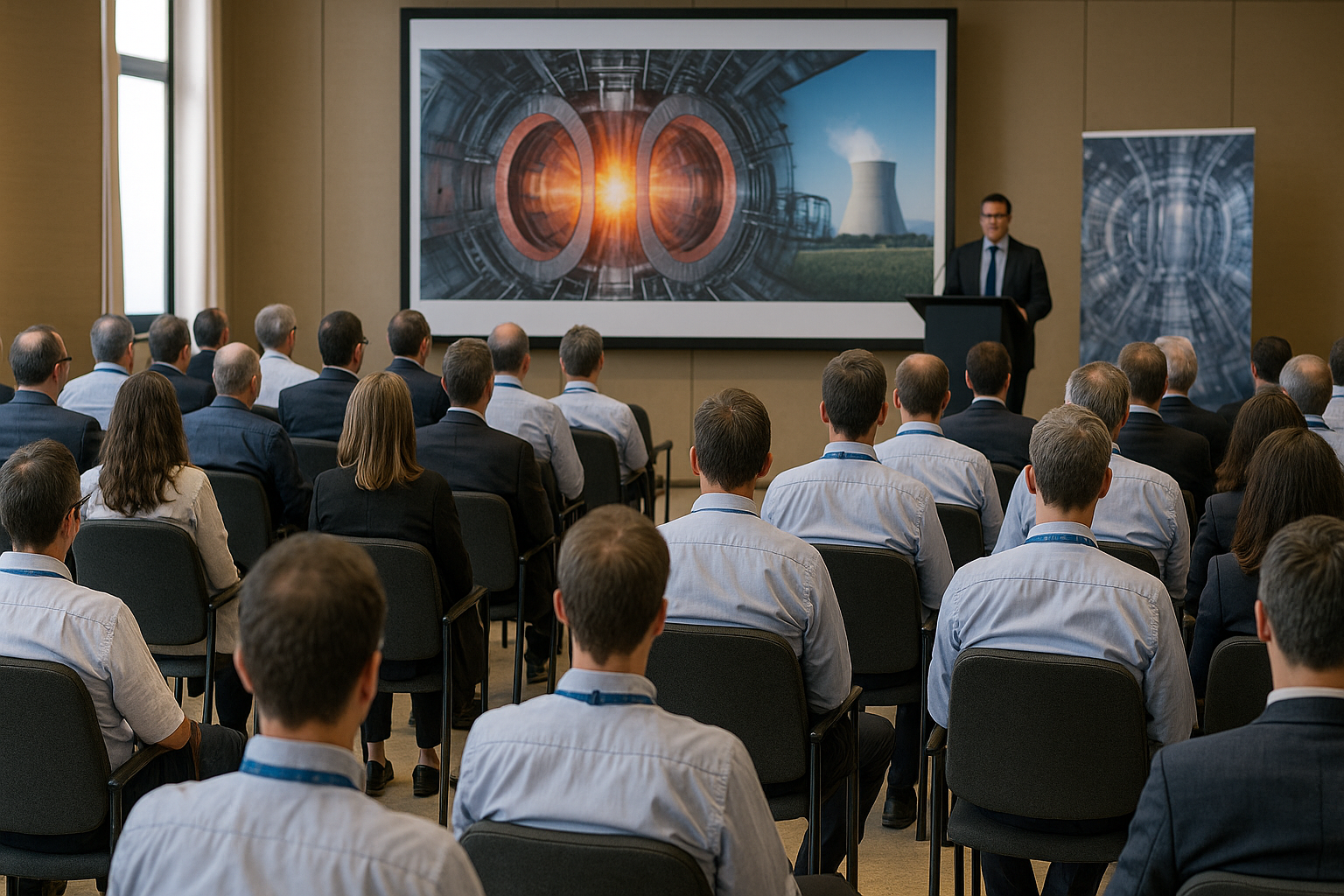Ensuring a Safe Future for Fusion Energy: Global Experts Set the Stage
“Fusion holds the promise of clean, abundant, and sustainable energy,” said Anna Bradford, Director of the IAEA Division of Nuclear Installation Safety, at the meeting’s opening.

Fusion energy is gaining traction as a transformative solution for the planet’s clean energy needs. With the global landscape transitioning from experimental research towards commercial fusion power plants, ensuring safe deployment has become paramount. This was the central focus of a high-level International Atomic Energy Agency (IAEA) technical meeting held in Granada, Spain, in June.
Building Safety from the Ground Up
“Fusion holds the promise of clean, abundant, and sustainable energy,” said Anna Bradford, Director of the IAEA Division of Nuclear Installation Safety, at the meeting’s opening. “But its promise will only be fulfilled if it is deployed safely.”
The event, titled “Design Safety, Safety Assessment and Regulatory Activities to Facilitate Further Development and Future Deployment of Fusion Facilities,” drew over 80 experts. The attendees represented regulatory bodies, research institutions, and private sector entities, showcasing the expanding diversity and commercial interest in fusion.
Fusion power differs significantly from conventional nuclear power in terms of technology, fuel, and risk profile. As Bradford explained, this divergence necessitates a bespoke set of safety requirements tailored to fusion’s unique properties.
Addressing Material and Technical Challenges
A recurring theme of the conference was the critical role of material research in fusion safety. The International Fusion Materials Irradiation Facility DEMO Oriented Neutron Source (IFMIF-DONES), which hosted the meeting alongside the Spanish government, will test and qualify materials under the extreme conditions expected in fusion environments.
“Understanding how materials behave under intense neutron radiation and high thermal loads is essential for safe fusion design,” said Ángel Ibarra Sánchez, Director of IFMIF-DONES. “Progress in fusion safety depends on dedicated research facilities that simulate operational and accidental conditions in fusion machines.”
This underscores the need for long-term investments in infrastructure and scientific capabilities that support not just the advancement of fusion energy, but its safe application at scale.
Navigating the Regulatory Frontier
A key takeaway from the meeting was the need for a globally coherent yet adaptable regulatory framework. Regulatory strategies must accommodate the fast pace of innovation while maintaining rigorous safety standards.
Juan Carlos Lentijo, President of Spain’s Nuclear Safety Council (CSN), emphasized this point: “It is the task of regulators to create a predictable regulatory environment tailored to fusion energy’s unique characteristics. This should be done in close cooperation with stakeholders, including the scientific community and private developers.”
As countries and companies push forward with prototype and pilot fusion facilities, regulatory bodies are tasked with balancing innovation and oversight—a challenging but crucial role.
Towards International Standards
Despite differing national approaches and fusion technologies, there was a consensus that international collaboration is vital. The IAEA, with its global reach, is spearheading efforts to harmonize safety standards and facilitate knowledge-sharing among member states.
The discussions in Granada will feed directly into the upcoming IAEA Safety Report on “Safety and Regulation Considerations for Fusion Facilities.” This document aims to guide national regulators and stakeholders in shaping fusion governance and safety practices.
The IAEA’s continued work through technical meetings, collaborative research, and draft guidance supports a unified vision for the responsible development of fusion.
A Path Forward
The safe deployment of fusion energy is no longer a distant concern—it is an immediate imperative. With substantial private investment and pilot plants on the horizon, now is the time to establish robust safety frameworks and foster international cooperation.
As the IAEA and its partners continue to lead on this front, the world inches closer to realizing the clean energy potential of fusion—safely, equitably, and sustainably.
ALSO READ
KP Group Partners with Delta Electronics for Clean Energy Breakthroughs
Hygenco's Green Ammonia Plant in Odisha: A Giant Leap for Clean Energy
Power & Instrumentation Achieves Record Growth and Breaks New Ground in Clean Energy
Senator Curtis Advocates for Preserving Clean Energy Tax Credits
Dubai Expands Solar Capacity, Aims for 100% Clean Energy by 2050










